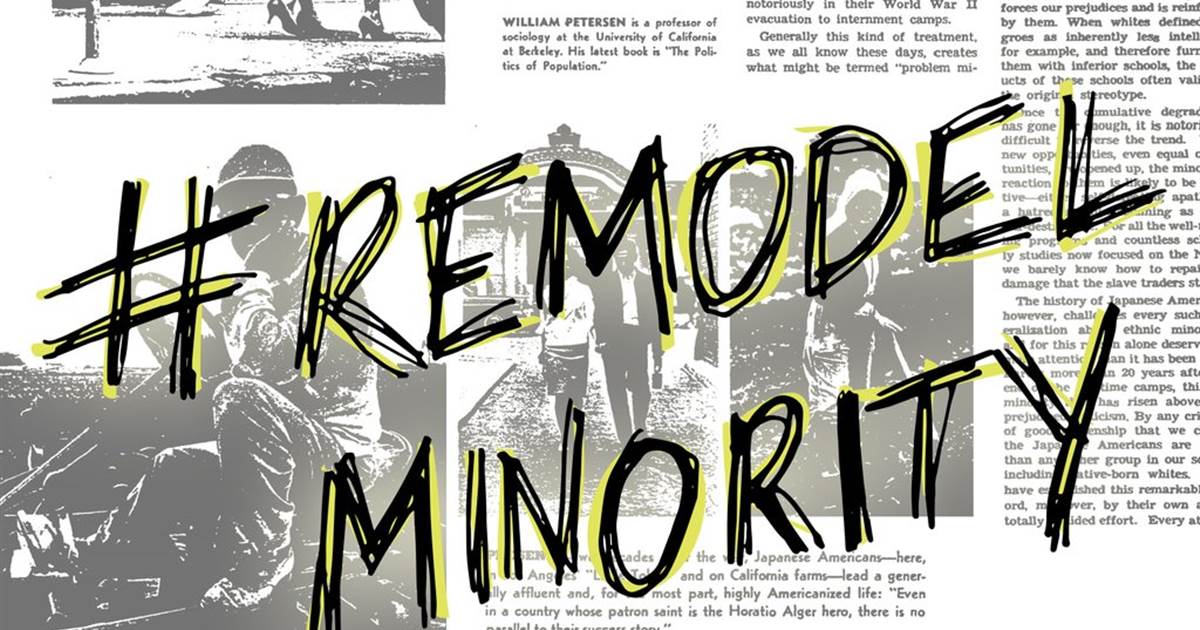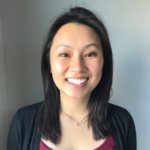Unpacking the model minority myth

Asian American and Pacific Islander (AAPI) Heritage Month is a celebration of the various cultures, traditions, and histories of AAPIs living in the US. While this observance is an important tribute to the legacy Asian descendants have in American communities, it is also important to take this month to reflect. Here we take a look at the struggles, discrimination, and racism that AAPI communities have faced for generations. We also dive into the model minority myth and its implications for AAPIs.
The Beginning of “Yellow Peril”
Chinese laborers first immigrated to the US when labor was in great demand during the California Gold Rush and the construction of the Transcontinental Railroad. When gold and jobs became scarcer and competition increased, white working-class laborers feared losing their jobs to immigrant workers. As a result, the Chinese Exclusion Act of 1882 was created, prohibiting all immigration of Chinese laborers until it was repealed in 1943. During this time, Chinese Americans (and later other Asian communities) were portrayed as the ‘yellow peril’ – threatening, exotic, and a menace. Between 1882 and the end of World War II, Asian Americans faced large scale violence, including massacres in Rock Springs, Wyoming (1885), Hells Canyon, Oregon (1971), and Los Angeles (1971). After World War II, when it was politically convenient for the US, ‘yellow perils’ quickly became ‘model minorities.’
How America Created the Model Minority Myth
Model Minority: an ethnic minority demographic group whose members are perceived to achieve a higher degree of socioeconomic success than the population average. This success is typically measured by income, education, low criminality, and high family/marital stability.
At the end of World War II and beginning of the Cold War, the US began to fear its exclusion of Chinese immigrants would hurt its allyship with China against Japan. The Magnuson Act was passed in 1943 to allow a selected few Chinese immigrants into the country, beginning the narrative shift that would take place. Proponents of the repeal “strategically recast Chinese in […] promotional materials as ‘law-abiding, peace-loving, courteous people living quietly among us’” instead of the “’yellow peril’ coolie hordes.” A new narrative about Asians was created—one that portrayed Asians as a group who successfully assimilated despite experiencing racism in America. In 1966, sociologist William Petersen published an article in which he described Japanese Americans as ethnic minorities who, despite marginalization during WWII, achieved success in the US due to “Asian” culture’s strong work ethic and family values. This marked the beginning of Asians stereotyped as model minorities, a stereotype which still exists today.
Implications of the Model Minority Myth
The idea of the model minority is used to argue that Asian Americans have achieved the American Dream. This is done using data comparing averages of education level, median family income, and marital status between Asian Americans and whites. This methodology is inaccurate. It fails to recognize the different experiences of different ethnic groups, and the challenges they face. Instead, it homogenizes different ethnic identities, namely ignoring Southeast Asian American populations like Thai, Vietnamese, Hmong, Laotian, and Cambodian people. A breakdown of college degree attainment by Asian ethnic groups shows that Cambodians, Hmongs, and Laotians have a rate of less than 9.2% while Chinese, Filipinos, Japanese, and Koreans are above 40%. A large reason for this is that since 1975, over 1.2 million Southeast Asian refugees entered the US to escape political turmoil. They are the largest refugee group in US history. This influx of Southeast Asian refugees coupled with the lack of resources devoted to them due to the model minority myth makes it extremely difficult for these groups to access needed services.
In academia, for example, many teachers assume Asian American students do not need the aid of teachers and counselors, or other support programs such as bilingual education or mental healthcare. This assumption leads many students to be afraid to ask for help, despite continuing to face immense pressure to succeed.
Another example of how the model minority stereotype has real consequences: many refugees and immigrants leave their home countries, fleeing from extreme violence, and the effects of this trauma are left unaddressed due to assumptions about who needs mental healthcare. AAPI communities are often neglected by school counselors or mainstream mental health advocates, which can have a lasting impact.
Disturbingly, the model minority myth is designed to pit minority groups against each other. Model minorities are often directly contrasted with other minority groups, especially Black Americans, to emphasize their “failings”. The perception of the existence of a model minority group implies that other groups are at fault for falling short of achievement or assimilation into “American” (white) culture. Some argue that government intervention or targeted support is not needed to address racial/ethnic socioeconomic inequalities since Asian Americans, broadly defined, achieved success without government aid. This of course ignores the different histories of each minority group and inaccuracies in data aggregation. It presents racism as a problem that falls on the individual, minimizing the role structural racism and anti-Blackness continues to play today. It shifts the accountability away from the oppressor to the oppressed.
The truth is, we are all harmed by white supremacy. Rather than competing in “oppression Olympics,” let’s each work to confront our own biases and the ways we have internalized racist messages in the media and pop culture, so that we can build true solidarity in the fight against racism and other systems of oppression.
Crystal is Beneficial State Foundation Alum. This blog post is based on a Diversity, Equity, and Inclusion presentation given to Beneficial State employees.
This blog post reflects the author’s personal views and opinions, and does not represent the views and opinions of Beneficial State Bank and/or Beneficial State Foundation.


